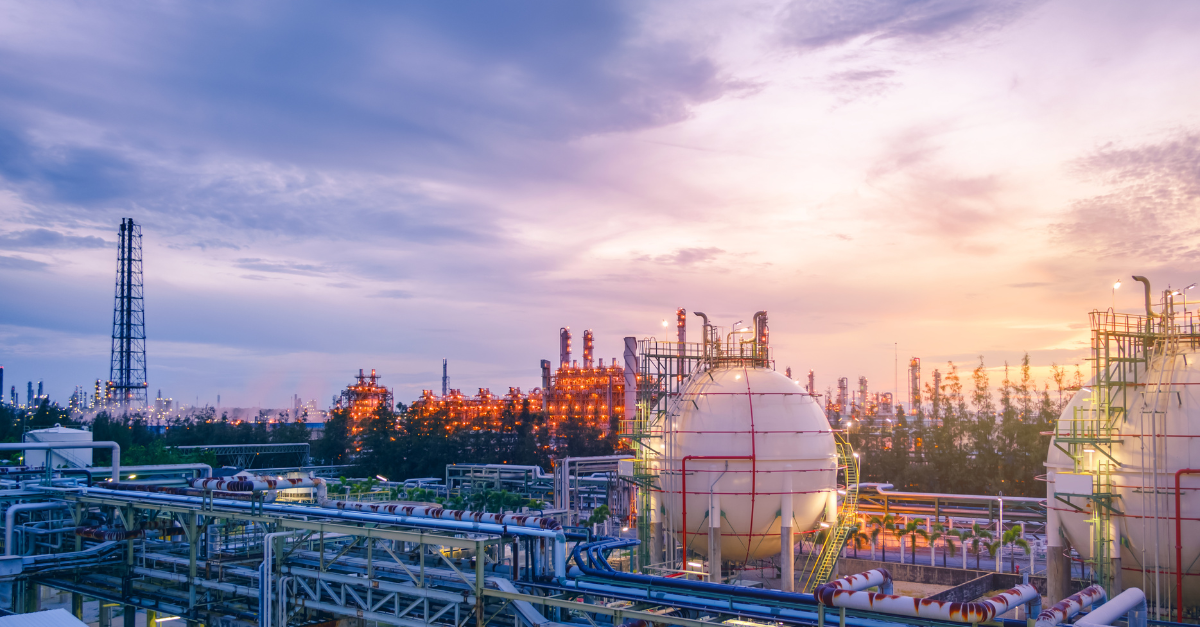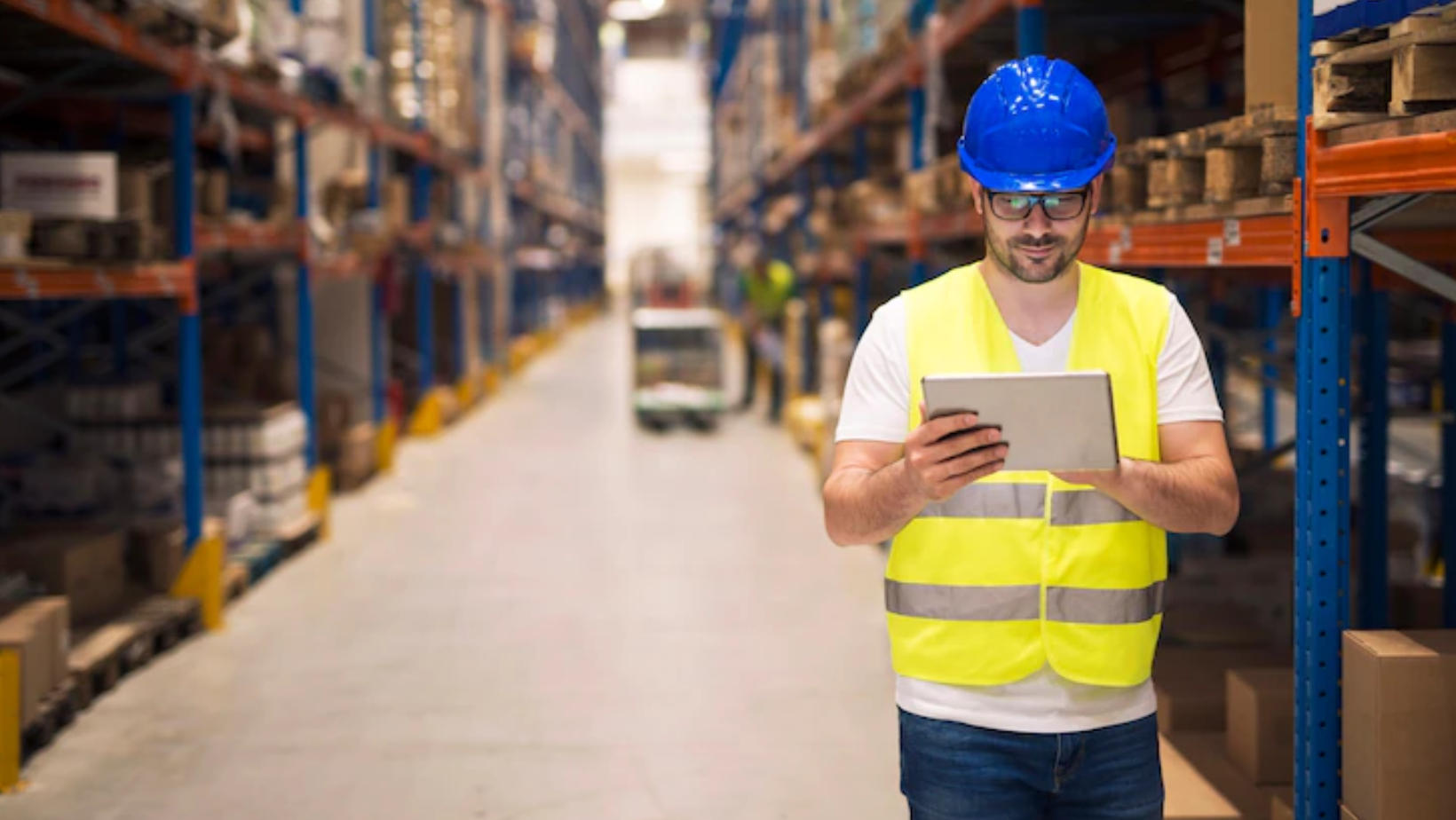Differences between such as LoRaWAN, RFID, or
how they work together (Asset Tracking)
When it comes to oil and gas, LoRaWAN (Long Range Wide Area Network) is quickly drawing the attention of companies around the globe, especially for asset tracking. This technology is allowing companies to deploy their own private networks with ease. Not only does this enhance their ability to monitor their assets, but also prevent intrusion.
At RigServ, we are veterans when it comes to the oil and gas industry. This is why we would like to discuss this evolving technology, as it supports the short- and long-term goals of our clients. We understand the pain points that oil and gas companies face, especially in terms of communications and asset tracking.
Although we are experts in the oil and gas industry, we are also tapping into (and leading within) the clean energy sector. We created this mini guide in order to compare LoRaWAn with other technologies, specifically RFID. We are committed to our clients, helping them better understand all aspects of their company in terms of technology and supply chain reformation.
Technology has transformed the oil and gas industry, providing global companies with enhanced connectivity and in turn, a greater return-on-investment. Whether a company would like to increase productivity or improve their ability to monitor and track key assets, LoRaWAN applications are not only efficient but flexible.
In fact, as stated by the LoRa Alliance, the LoRaWAN protocol yields a wide range of benefits. These benefits include but are certainly not limited to greater security, enhanced mobility, accurate localization, and low-cost connectivity. The ultimate goal of this alliance is to standardize Low Power Wide Area (LPWA) networks.
By implementing more reliable networks, the oil and gas industry benefits from predictive maintenance, as well as production optimization. With a number of emerging technologies available, many of our clients are interested in how they compare. Of course, the answer to this question is not black and white. However, when it comes to the oil and gas industry, LoRaWAN is a key area of interest for asset tracking.
When it comes to the energy sector and the Internet of Things (IoT), this relationship is allowing renewables to make an even larger impact. Making the energy from smaller-scale solar panels and wind turbines easier to use, IoT-driven communication is allowing companies to manage sources in real-time. This then ties into smart grid technologies, making renewables more accessible to consumers.
In regards to solar panel and wind farms, IoT technologies allow companies to better monitor uptime and performance. In addition, the data generated can also be used for planning and scaling purposes.
When it comes to connectivity networks, there are a number of IoT protocols available. The benefits of these protocols vary, depending on the applications.
Although there are many options, including SigFox and Ingenu, we are going to focus more on RFID in comparison to LoRaWAN (as well as how they relate to one another). For our readers who are unfamiliar with RFID, this technology utilizes electromagnetic fields to better identify and track various objects.
In comparison, LoRaWAN operates on small, cost-effective batteries that run reliably for years. This is an advantage within the oil and gas industry, as long-term monitoring of meters and sensors is critical in terms of monitoring and control. In addition, although this protocol is a low-cost, low-power option, it is highly secure and offers bi-directional communication.
Since oil and gas companies operate based on a complex supply chain, they need to track thousands of assets. Being capital intensive, it is critical that our clients can effectively monitor and track each and every component. After all, if one asset is not operating as expected, it could essentially stop production.
Overall, some of the main benefits associated with RFID include:
A cost-effective crew tracking system for rigs and barges in case of an emergency
- Supply chain tracking, asset tracking and inventory management
- Reduced labor costs
- With that being said, some of the weaknesses include a lack of standardization and potential deployment issues. There are also a small number of suppliers that currently offer end-to-end solutions.
In comparison, LoRaWAN is gaining immense support (more than 500 companies are now part of the LoRa Alliance) and offers enhanced security. Best of all, this protocol is an optimal, cost-effective solution when aiming to monitor and manage remote areas. In comparison to RFID, LoRaWAN is also a more flexible solution.
Perhaps one of the main beneficial features in relation to oil and gas is the long battery life of LoRaWAN. Using very little power, companies are provided with small sensor data packets. Also, based on its ability to support bi-directional communication, these sensors can also receive messages from the network.
Overall, some of the core benefits of LoRaWAN in relation to oil and gas include:
- The ability to set-up and manage your own network (which is highly attractive for oil and gas companies)
- Much longer battery life than alternative options
- Works well while on-the-move, which is ideal when shipping and for asset tracking
- Offers command-and-control functionality
These benefits can also be applied to the clean energy sector, as LoRaWAN is a low-power, long-range protocol. In fact, in urban areas, coverage is around 2-5 km and in a suburban environment, the range is closer to 15 km. This is beneficial for both solar and wind farms.
Inventory Management Solutions
Asset Management Solutions
Distribution Management Solutions



